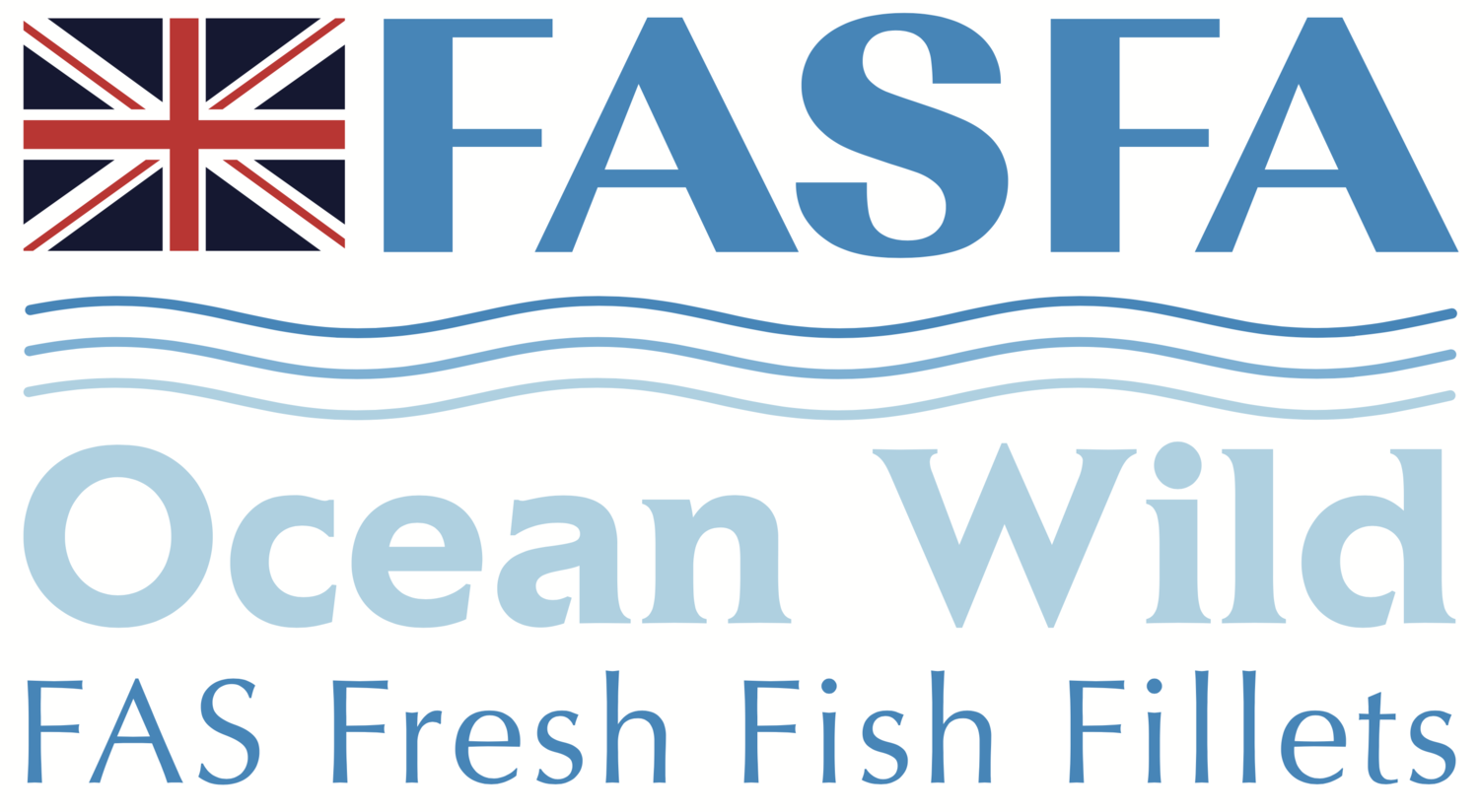Barents Sea Quota; recommendations for the well managed fishery.
Barents Sea Quota; the latest announcement on the well-managed fishery
The Norwegian-Russian research group has recommended that the quota for cod in the Barents Sea next year be reduced by 31%, which would mean a Total Allowable Catch (TAC) of 311,587t.
Normally, the quota recommendation is only allowed to drop by 20 percent in a given year, but if the spawning population is expected to drop below a “precautionary” level, that limit is removed.
The reason for the decrease is poor recruitment in the cod stock. The Norwegian Institute explained that since a historic peak in 2013, the spawning stock for cod had reduced each year, and certain classes of cod did worse than others. They have said that there has been poor recruitment for several years, but the weakest year classes are 2019 and 2020. Those year classes will be five years old in 2025 – making them the prime target of Barents Sea Cod fishing – and the weakness of the year class is forcing the quota cut.
For North East Arctic haddock, the researchers recommend that the catch should not exceed 106,912 tonnes in 2025.
Researchers have also recommended a 24% reduction to the haddock quota, taking it down to 106,912 tonnes. This is 16% less than the quota recommended for 2024. The three weak year classes 2018, 2019, and 2020 are not involved in the fishery. The 2021-2023 year classes, on the other hand, are slightly above average, so for haddock, there is likely to be an increase again for the catches in 2026. But then it's important to take care of these incoming year classes.
The final decision will not be determined until the autumn when the Joint Norwegian-Russian Fisheries Commission meets for negotiations. There is a strong expectation that the Barents Sea quotas will start to increase again from 2026 due to the careful way the fishery is managed.
